Pediatric
Cranial Remolding Helmet
From our four offices, Leimkuehler Orthotic-Prosthetic Center provides infants with cranial remolding helmets, utilizing innovative technology to deliver quality products and services to best serve your child. Our experienced practitioners are committed to working with infants and their families to provide the most appropriate product and make their experience the best it can be.
Do you believe your child needs a cranial remolding helmet, or have a prescription for one? Call (440) 988-5770 or Contact us today!

NEW TECHNOLOGY: STARband 3D
Leimkuehler Orthotic-Prosthetic Centers is proud to offer the latest advancement in infant cranial remolding – the STARband 3D from Orthomerica.
This helmet’s 3D printing technology allows for…
- Unmatched Flexibility & Weight
- Structural Integrity and Durability
- Adjustable Zone Padding
- Improved Ventilation
Contact us today to learn more about the STARband 3D and how it can help your infant achieve a healthy, symmetrical head shape.
Leimkuehler: Your Child First, Always
Leimkuehler Orthotic-Prosthetic Centers has a long history of putting children’s well-being first. That’s why we’re proud to offer the innovative STARband 3D cranial remolding helmet.
This helmet represents our ongoing dedication to providing the most advanced technology for infants with plagiocephaly and brachycephaly. This cutting-edge helmet allows for:
- Customized Care
- Gentle Treatment
- Proven Results
Contact us today and help your baby thrive with a healthy head shape!
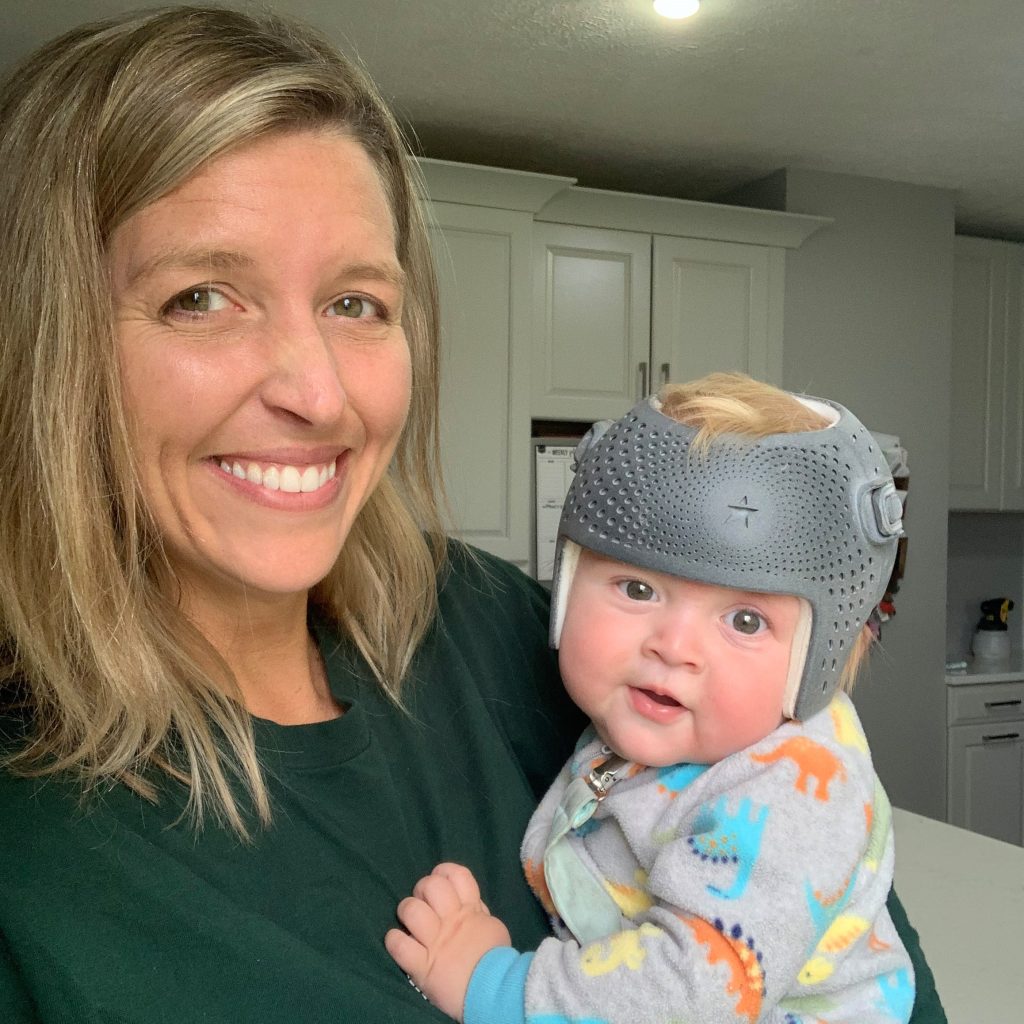
What is a Cranial Remolding Helmet?
A device used to treat head shape deformities, a cranial remolding helmet is an orthosis used for a variety of situation, including plagiocephaly, brachycephaly and scaphocephaly. Use of the helmet is successful with infants from age three to 18 months, with improved results when used at the earliest stages. Leimkuehler Orthotic-Prosthetic Center is proud to carry the complete line of STAR family cranial remolding helmets from Orthomerica Inc.
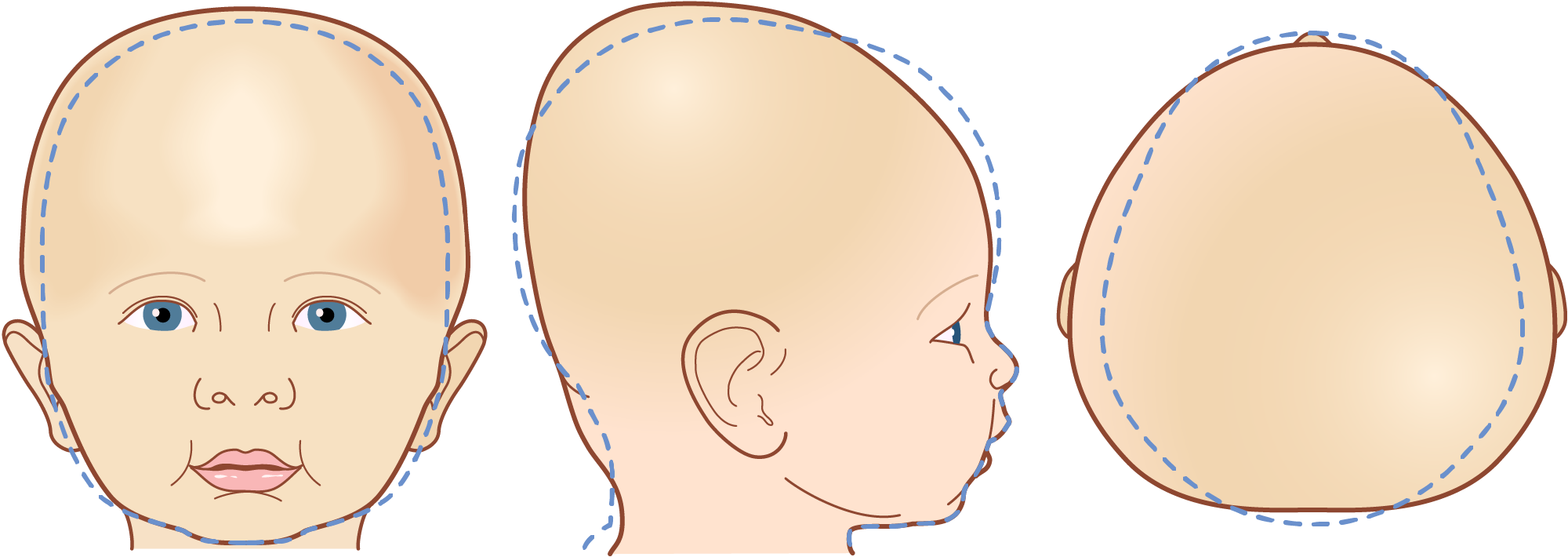
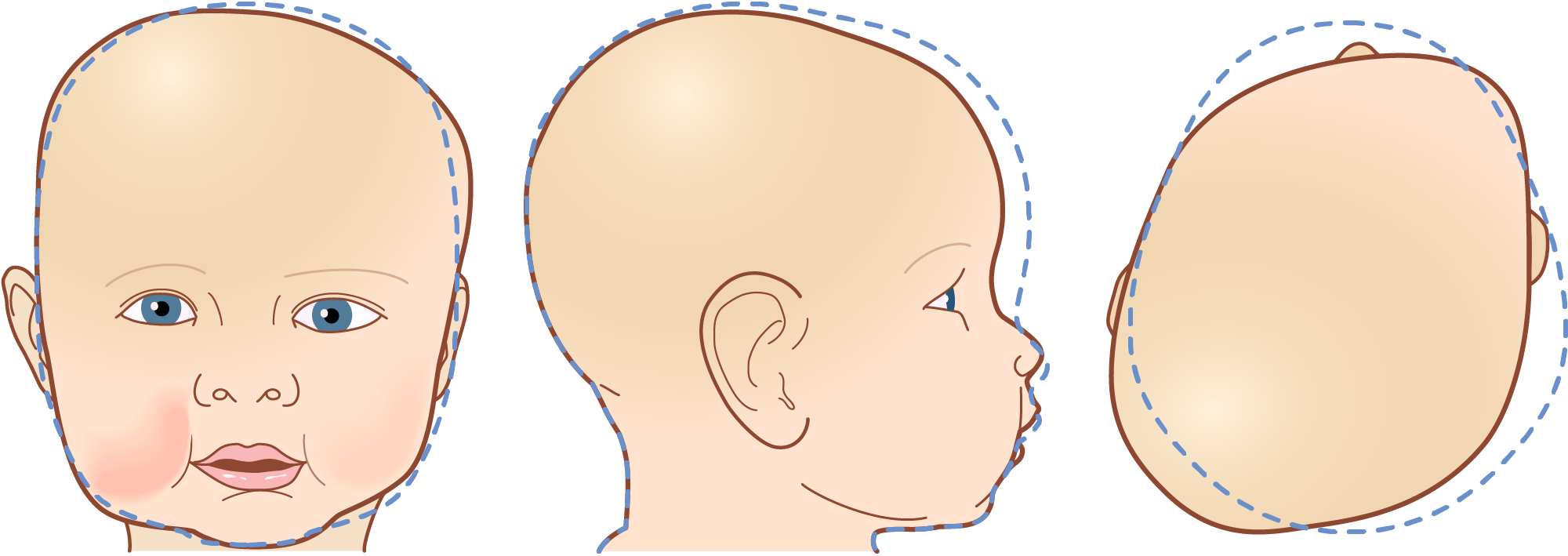
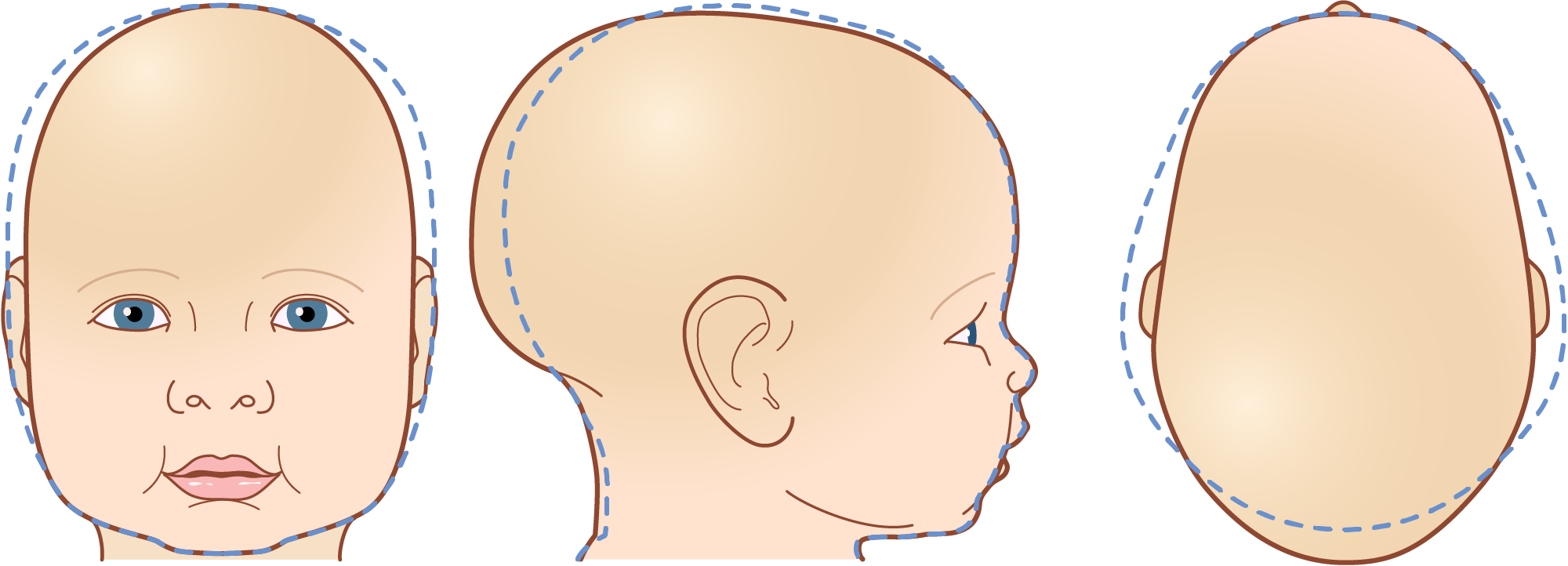
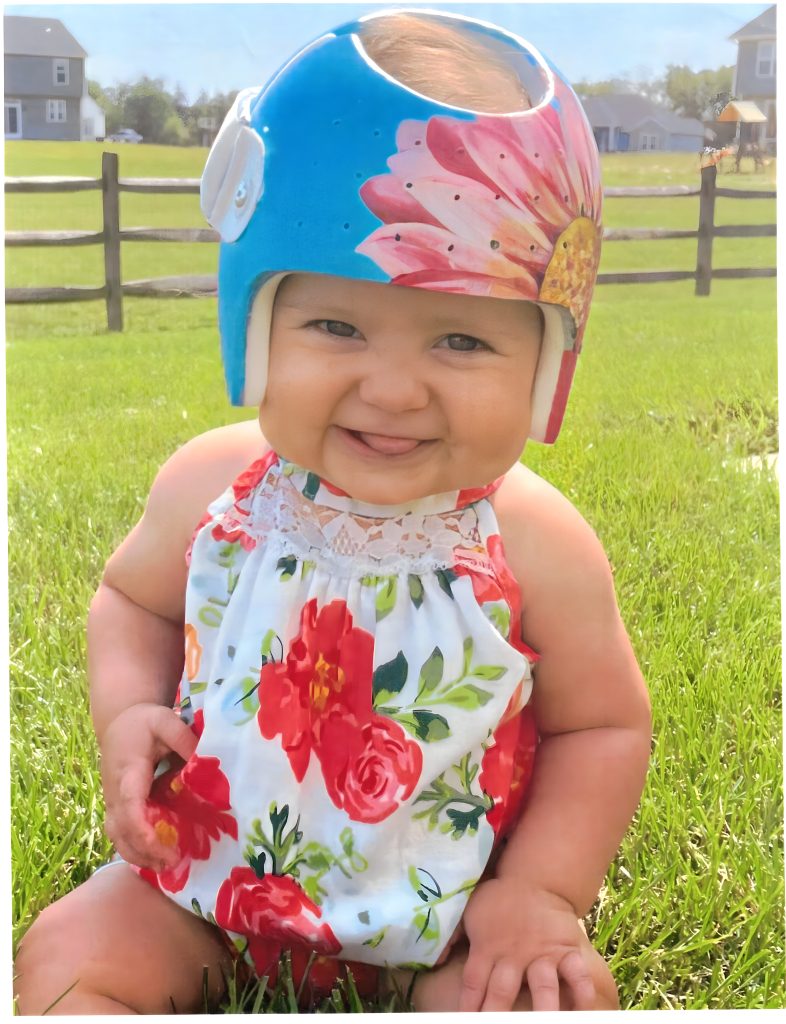
What Causes Head Shape Deformities?
Head shape deformation is typically caused by laying on the back when sleeping, a supine position. An infant’s head triples in size in the first 12 months. An infant’s head is vulnerable to external pressure that may impact head shape, including inutero restraint or from devices such as car seats, recliners, and swings. Escalated risk factors include prematurity, multiple births, and torticollis.
What is Torticollis?
A condition where a tight neck muscle on one side causes the head to tilt and turn in one direction more than the other, torticollis produces unequal head pressure when laying on a surface, which may lead to plagiocephaly. Physical therapy is suggested to stretch, strengthen, and improve neck range of motion.
When is a Cranial Remolding Helmet Needed?
Use of cranial remolding helmet should be implemented when the flatness is severe or moderate after two months of repositioning have been tried. It may take several weeks to complete the required steps to wear the helmet, so consult your pediatrician as soon as possible.
How Does a Cranial Remolding Helmet Function?
The head shape improves through contact at the bossed areas to eliminate growth, with pockets of space at the flattened areas, allowing the skull to naturally grow. Improvement is precisely relative to the amount of growth while wearing the helmet. Starting as young as able, it is typical that helmets are worn 23 hours each day. As infants age, skull growth slows, with less improvement achieved. Most infants stop wearing the helmet at 12 months old.
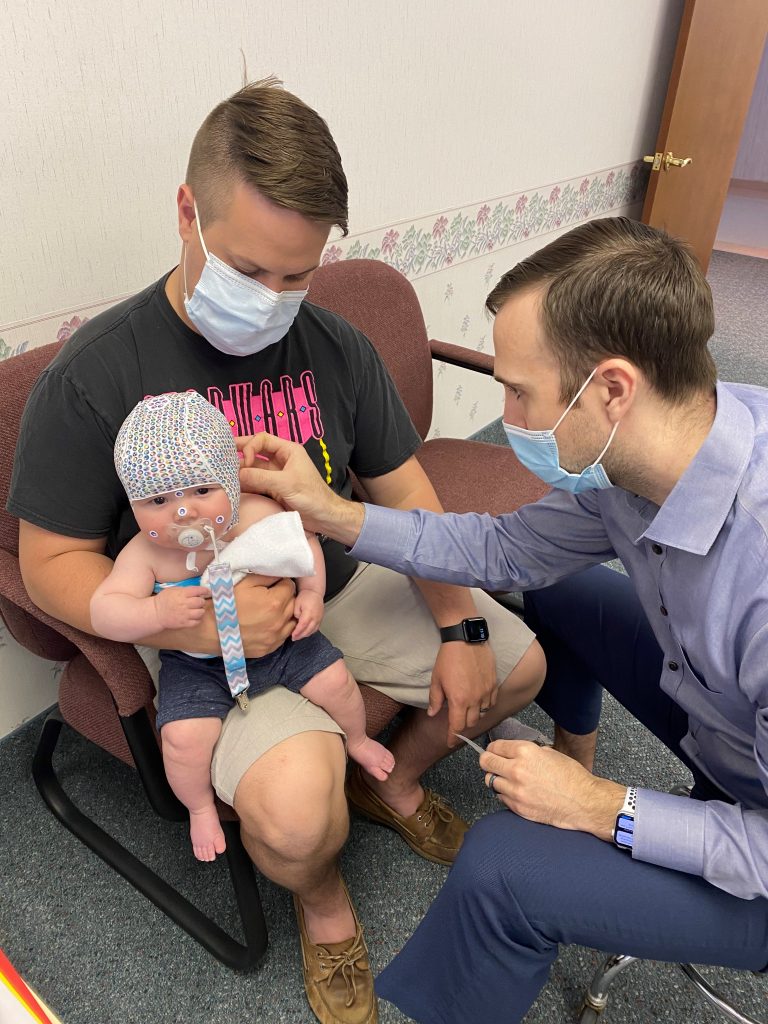

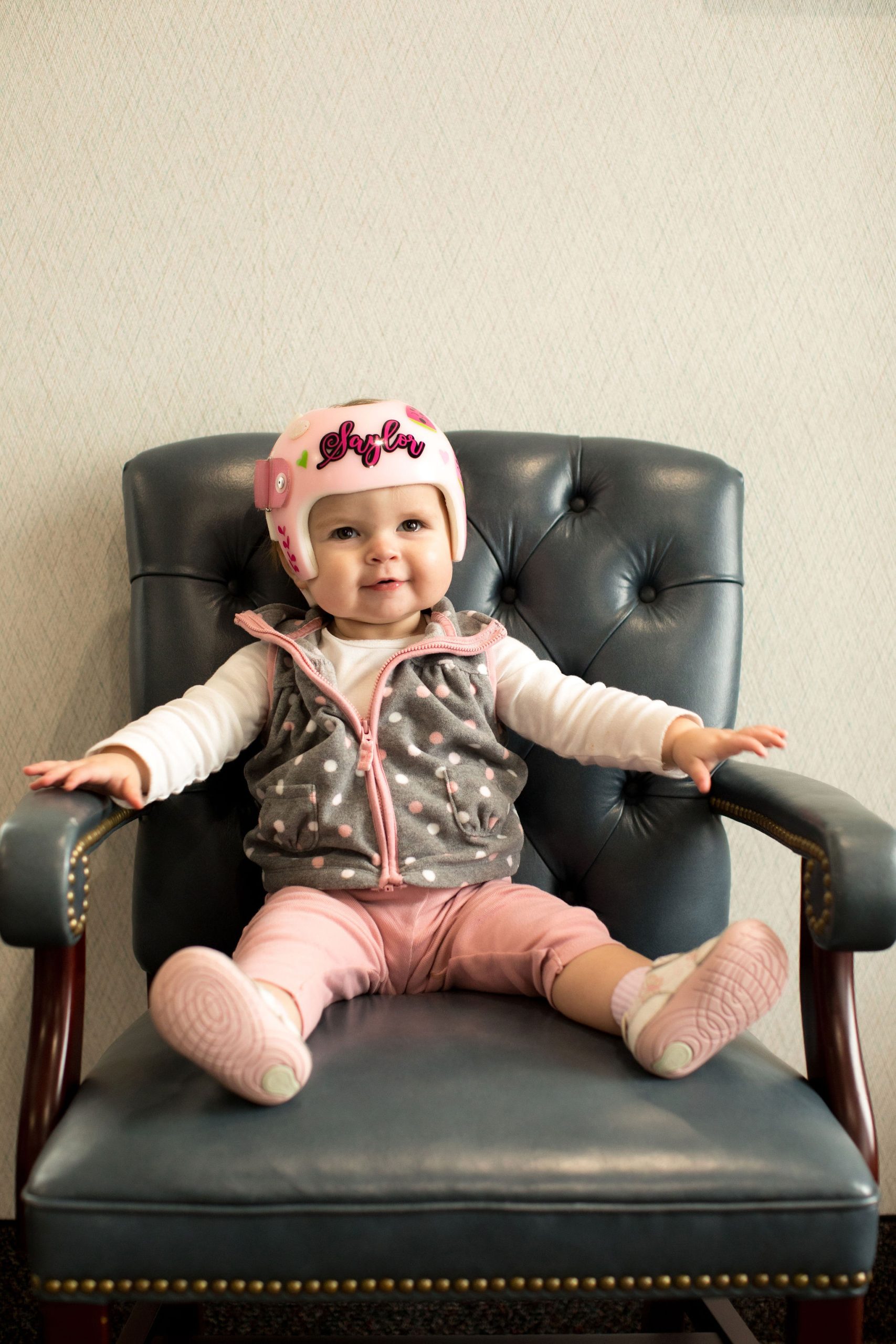
What is Aggressive Repositioning?
Placement of an infant on its stomach is an example of aggressive repositioning, as the baby is placed in a way so pressure is away from the areas of flatness. Repositioning is viewed as the best technique to avoid head shape deformities and may on its own alleviate the present deformity. As stated previously, if flatness remains after two months of repositioning, a helmet may be needed. It is important that all infants spend waking hours on their tummy to strengthen their muscles, enhancing customary physical maturity.
Does a Cranial Remolding Helmet Require a Prescription?
A prescription, which can be provided by a pediatrician or specialists from the craniofacial or neurosurgery departments at a hospital, is needed to obtain an assessment for a cranial remolding orthosis. This would also allow the specialist to eliminate other more acute issues that produce head shape deformities, including craniosynostosis (premature fusing of a cranial suture) and those that would require surgical intervention.
When a cranial remolding orthosis is specified, an initial evaluation is scheduled with a pediatric certified and licensed orthotist. At this appointment, measurements are taken, In addition, a STARscan or SmartSoc scan is performed by a Leimkuehler practitioner at no charge to substantiate the severity and submit the claim to determine insurance coverage for the orthosis.
How is the Scan Completed?
Scanning eliminates the casting process required with a custom-molded cranial remolding helmet. The STARscanner and SmartSoc scanners are safe for the infants, plus no eyewear or protection is needed. The data is sent electronically to Orthomerica, then downloaded to a five-axis carver for exact fabrication of an orthosis.
A non-invasive diagnostic screening tool, tailored software allows an orthotist to collect, examine, and quantify clinical outcomes. The software accumulates surface data on slices through pediatric head shapes and provides comparative maps of the head, plus cross-sectional slice comparisons. This provides an orthotist with quantitative data to support positive clinical outcomes for these types of orthoses to physicians, therapists, caregivers, and insurance companies.
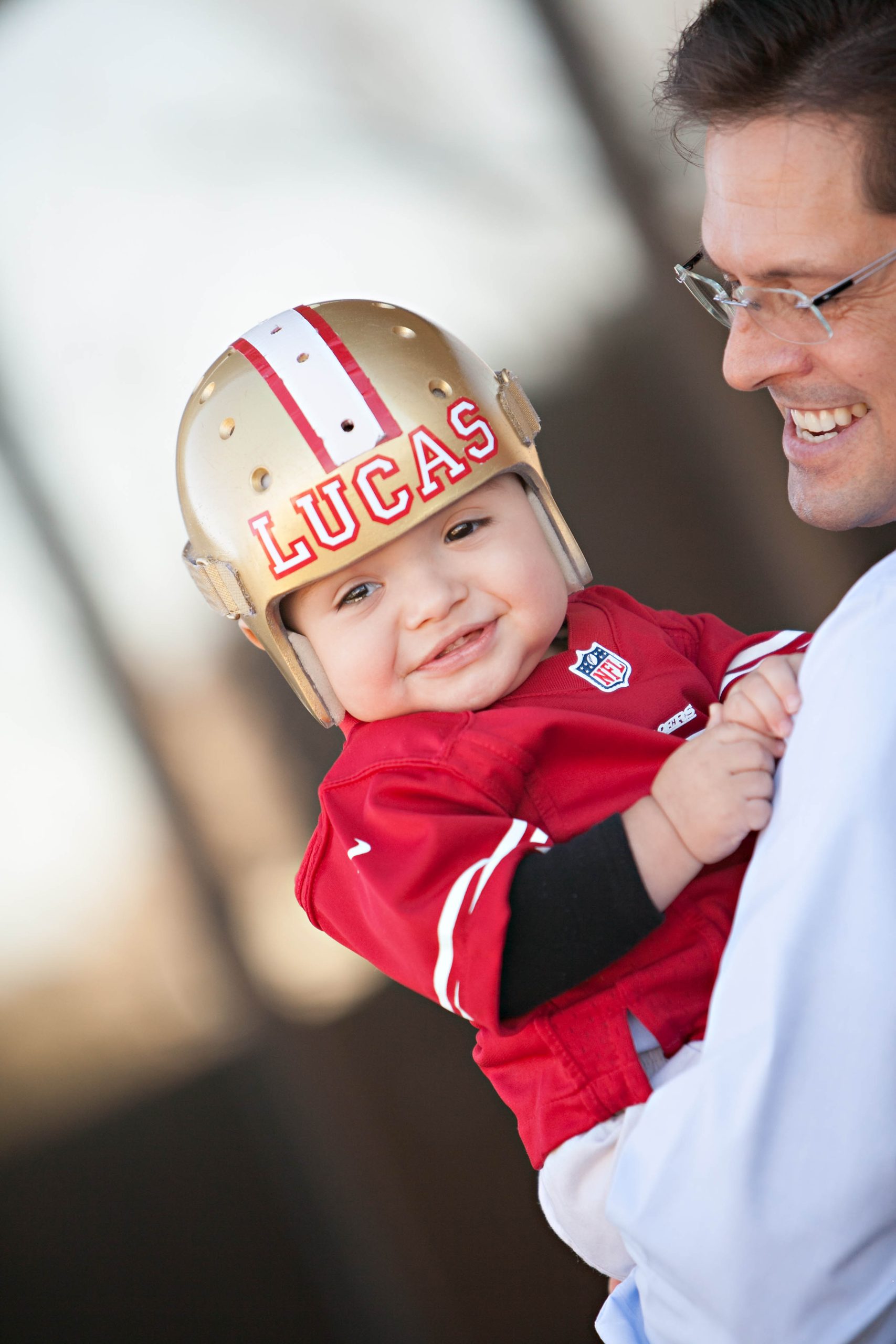

How Long Does it Take to Obtain a Cranial Remolding Helmet?
There is an FDA requirement that a cranial remolding orthoses be fit within 14 days from the scan date. Surpassing this timeframe may lead to an ill-fitting orthosis, which would likely require an updated scan.
How Long Are Helmets Worn?
The length of time, typically up to age 12 months, is based on severity, age, and developmental milestones, such as being able to roll around while sleeping, crawling, and having no preference turning the head to one side. Once these milestones are achieved, the head shape is no longer at risk for worsening with future growth. If an orthosis is not used, further improvements should not be expected. Upon discharge based on these criteria, growth should occur evenly, sustaining the present shape.
Will Insurance Cover a Cranial Remolding Helmet?
Nearly all our patients have the helmet approved by their health insurance plan, usually within 2-4 weeks of completing the evaluation appointment. Leimkuehler staff will work with parents on processing the claim, providing the required clinical conditions to receive coverage. There are very rare instances when a health plan excludes the device. Parents can contact their policy provider and request a cranial remolding orthosis, which is under the device code S1040.
Are Follow-up Visits Needed?
To safeguard the helmet’s fit and function, a follow up appointment is needed four weeks after the helmet is provided. Subsequent visits are typically every four to six weeks, based on the infants age and severity of the situation.
